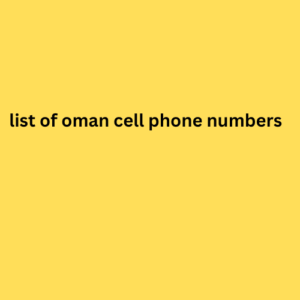To illustrate what dynamic emails look like and to inspire you, we hand-picked the following personalized campaign examples.
Customize recipient name: Bolt
Adding the recipient’s name is the simplest way to personalize your messages and drive higher engagement. Using the subscriber’s name in an email subject line boosts open rates by up to 23% and clicks by up to 32%.
One of the many companies using dynamic variables to add personalized greetings in their emails is Bolt, a mobility company. In their emails, they often call recipients by name to attract attention and increase click-through rates.
Dynamic email example with name personalization.
Dynamic email from Bolt
Celebrate milestones: BECYCLE
Milestone emails are a type of triggered emails that recognize list of oman cell phone numbers significant events in the recipient's life such as birthdays or milestones in their customer journey with your brand.
They can be static, meaning the content will be the same for all recipients. Or they can use dynamic content to customize the reward or the message. This way, you don’t need to create dynamic email templates for all cases, just one and it’ll do the rest!

BECYCLE, a fitness studio, sends milestone emails to mark the anniversary since the customer’s first purchase. The discount is tailored based on the customer’s loyalty and order values over their customer lifetime. It’s dynamically inserted in the email body text with if/then rules.
Dynamic email from BECYCLE
Tailor content to the recipient’s location: Ryanair
Another example of dynamic email personalization is location-based content. This technique uses subscribers’ location data (such as delivery address) to create more relevant offers.
It’s a smart addition to the email marketing strategy of companies with a global audience.
There are different ways to use recipient's location as dynamic content:
Location-specific offers — using dynamic content to offer location-specific discounts or promotions tailored to the recipient's area.
Local events and news — including information about local events or news in emails, such as upcoming conferences or festivals.
Localized product recommendations — recommending products or services that are relevant to the recipient's area or climate, such as recommending winter coats to customers in colder regions.
Localized content — dynamically inserting localized content in your email campaigns, such as images or language that reflects the recipient's location or culture.
Ryanair tailors its product recommendations for flights, car hire, or hotels by location. In the example below, the company uses a location-specific email to promote a Berlin car hire offer to a customer who’s flying in Berlin soon.
